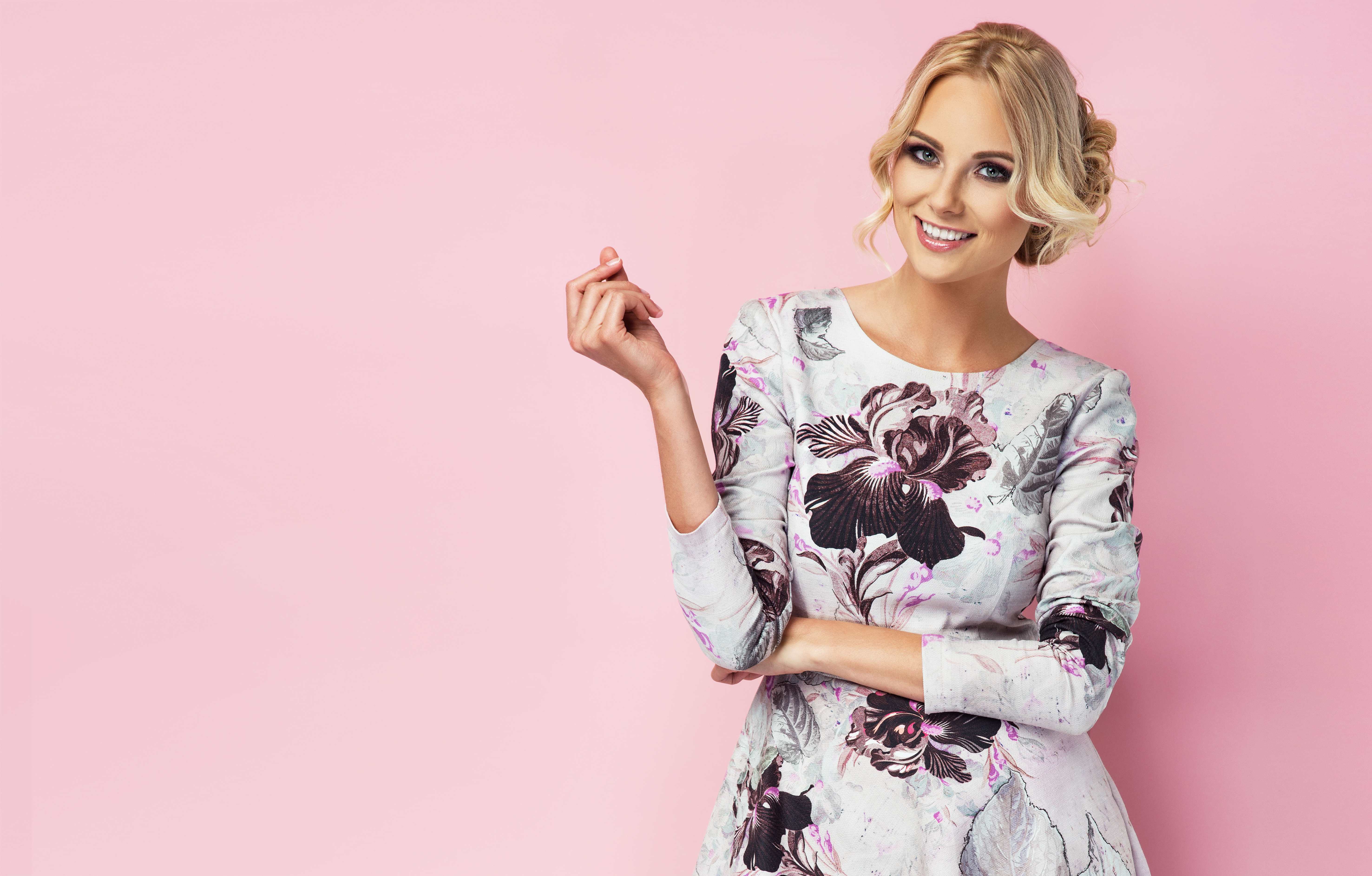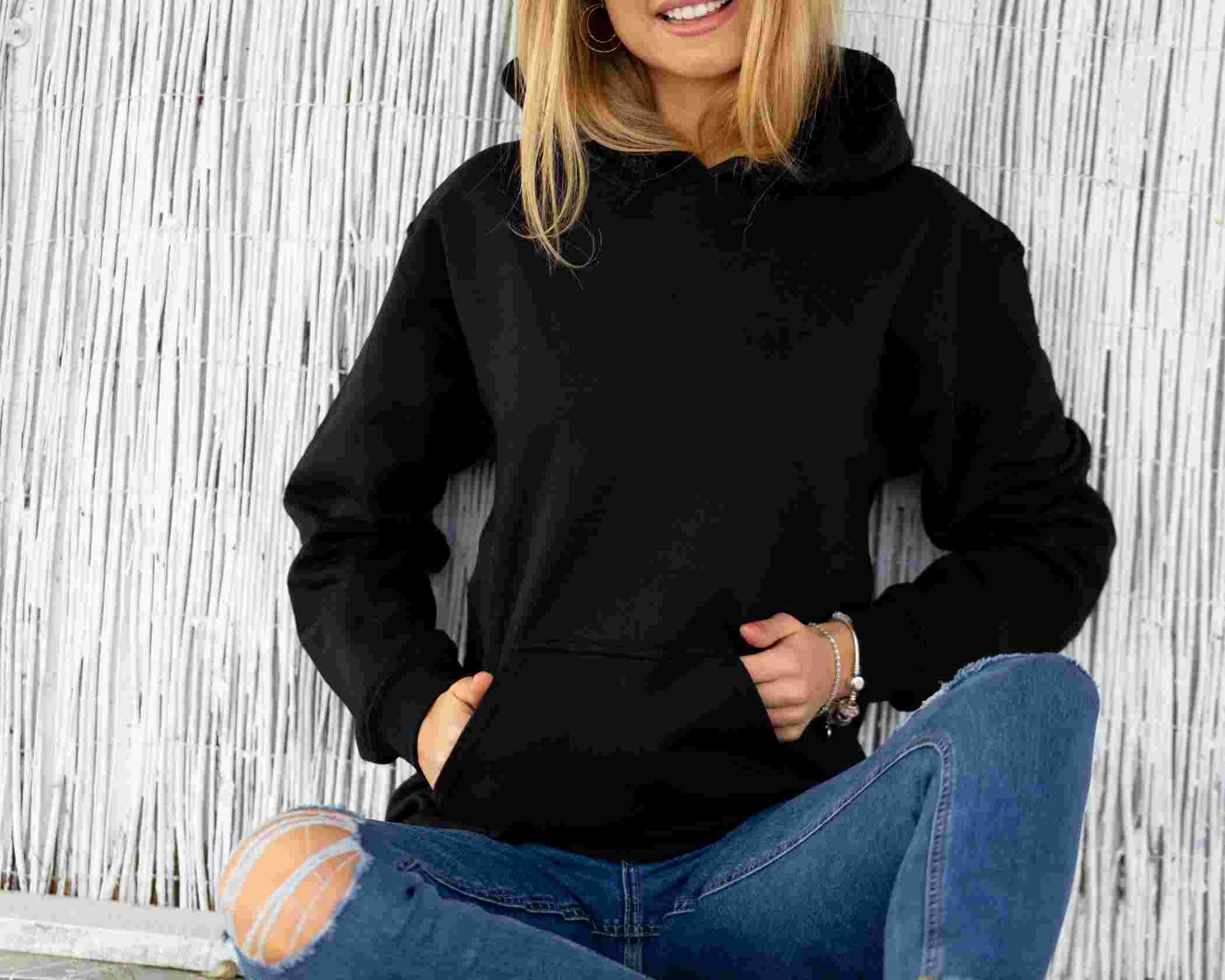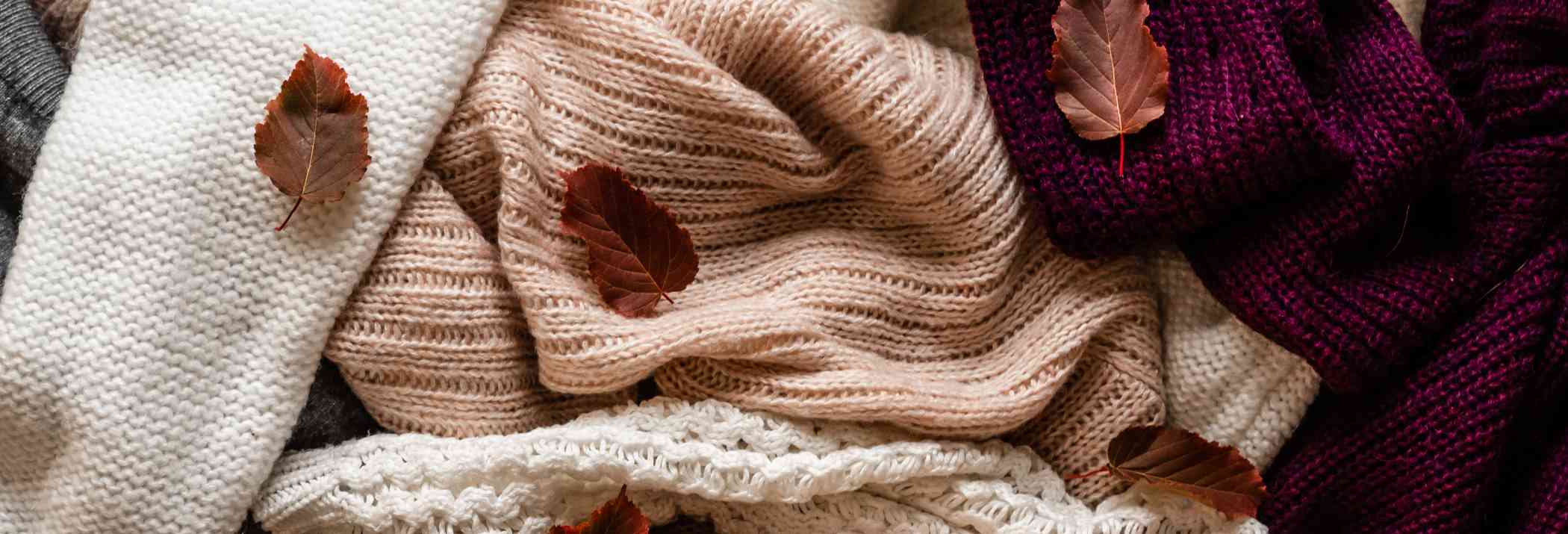How has Impulsive Buying Changed Fashion Trends?

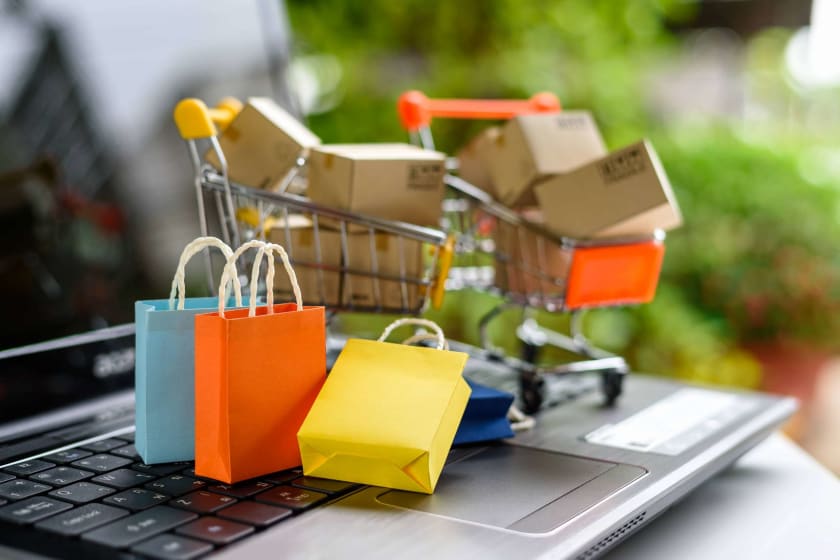

Ever wondered how fashion trends change?
Fashion trends are greatly influenced by culture, locality, and what is in vogue. Marketing tactics are determined by consumer behavior and how they react to current trends. Consumer reaction greatly determines fashion trends.
Impulsive purchasing is one such distinctive customer behavior that defines a trend. We will delve deeper and explain factors that incite impulsive buying, the latest statistics, and innovative marketing efforts to capture maximum impulsive buyers. Let's start with the reasons why people shop impulsively.
Factors for Impulsive Buying
Impulsive shopping is on-the-spot, unplanned shopping that happens without planning. Marketers and consumer behavior specialists are actively researching this emerging customer tendency.
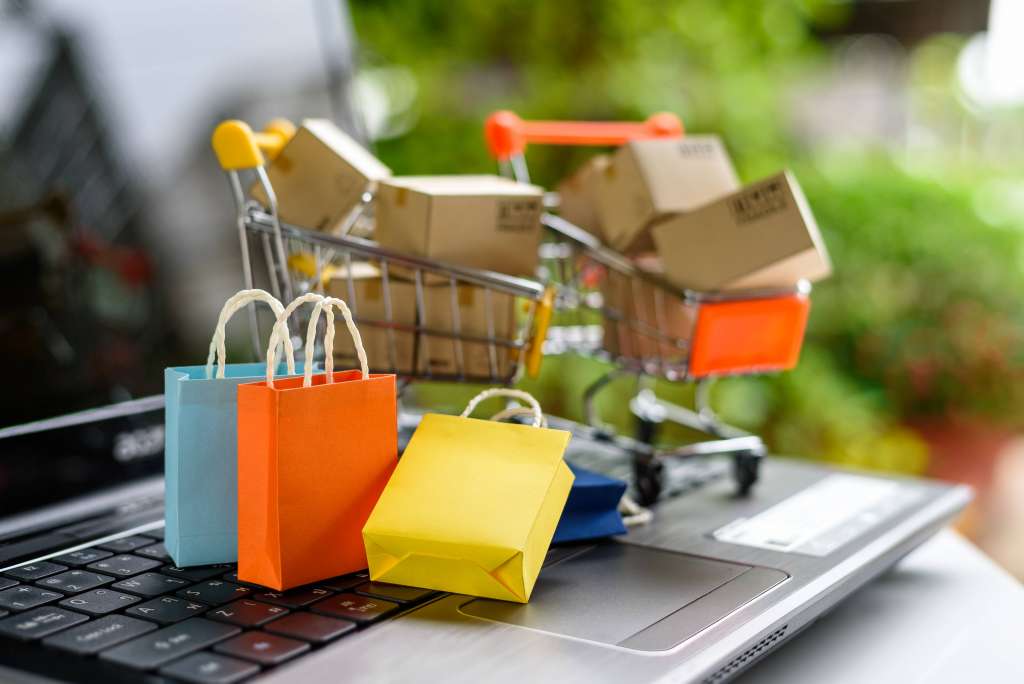
Because of its excellent potential as a revenue generator, significant impact on retail sales, and consumer influence, impulsive buying is the subject of choice for marketing research.
Both internal and external factors have a substantial effect on impulsive buying.
Internal Factors
Disposable Income
According to Research Gate, disposable income is a vital consideration. Impulsive buying is all about the on-spot urge to shop for something. People with sufficient disposable income are more likely to shop spontaneously than underprivileged people with low incomes.
India shows an impressive upward trend in spending after a lull of almost two years due to Covid-19-related economic disruption and social restrictions. According to Fitch Solutions, the average disposable income in India will reach INR 697,200 in 2026 from INR 494,500 in 2022.
With more money in the Indian wallet, impulsive buying is a trend for all marketers.
Gender
Men are more inclined towards impulsive buying than females. According to a Research Gate article, the ratio between male and female impulsive shoppers is 3 to 1. In their survey, 69 percent of male and 31 percent of female buyers are on-the-spot shoppers.
Men do big tickets impulsive buying whereas women go for small tickets shopping. For example, if a man buys some electronics, women go shopping a lip balm, bangles, etc. Men's dominance in impulsive shopping may be due to the persistent notion that women are more responsible for household finances.
Influence of Friends and Family
Family or hangouts with friends are a significant cause of impulsive shopping. Spouses and children influence instant buying decisions. Parents and co-workers more influence male buyers. However, Female shoppers are influenced by kids and close friends.
Emotions
Emotions are key trigger points for impulsive buying. People tend to go shopping in both positive and negative states of mind. People do impulsive buying under stress, pressure, and sorrow to decongest their minds.
Negative impulsive shopping leads to unhealthy eating and shopping spree. However, people do impulsive shopping to celebrate happiness. Reasons for happiness could be first childbirth, best friend’s wedding, last minute anniversary present, etc.
External Factors
Customers are drawn to and encouraged to make spontaneous purchases by the store's visual attractiveness. These outside variables that influence impulsive purchasing include-
- Price of the products
- Placement of products in the shop like entrance, aisle, etc
- The behavior of shop attendants
- Discounts and offers like Big Sale Day, Weekend Offer, etc
- Interpersonal Triggers
- Floor Designs, Lights, and Shop Décor with Fragrance
Impulsive buying is influenced by the look and feel of the showroom or shop. The shopping environment includes the design, formats, and size that affects sales with appropriate advertising and promotional activities.
Online Impulsive Buying
Online shopping has become an integral part of our lives. People shop for almost everything online, from ten-minute grocery delivery to same-day product delivery.
Therefore, marketers target people on e-commerce portals to lure impulsive shopping through ‘products brought together,' ‘recommendations for you,’ and other features.
The fashion e-commerce market is growing by 9.1 percent per year. It will reach around 1164.7 billion USD in 2025.
Online impulsive shopping will comprise a significant share of this market pie. These are factors, stats, and trends affected by the impulsive buying behavior of consumers. In the next half, we will explore what marketers can do to encash this fashion trend.
Ways to attract impulsive shoppers
Global brands like Sephora, H&M, and Home Depot are implementing innovative marketing strategies to lure in impulsive buyers. Taking a cue from their initiatives, here are nine ways to spark an excellent spree of impulsive shoppers at your business.
Attract Curious Customers
Place samples of the best fashion products near the entrance and glass display. It draws curious customers in, and footfall increases. Once customers come in, show them similar products for recommendations.
Eye Catching Sign Boards and Messages
Use bright color combinations, lights, and unique messages to attract impulsive shoppers. Businesses can also put messages like “Everything under $1”, “Buy on Get one Free for Today Only,” etc.
Understand Customer Behavior
If you own an e-commerce store, use the Analytic Tools of Facebook and Google. Analyze customer buying patterns and recommend goods for impulsive shopping. For physical stores, observe areas where customers spend most of their time. Place your best offers at the most visible part of the shop, like at the point-of-sale counter, middle of the aisle, corners, etc.
Grab Attention at the checkout
Fashion products near the checkout counters can increase impulsive buying. People in the queue for billing browse through products on the way and impulsively add to their cart. Adding additional products from recommendations is common among online shoppers.
Limited Time Deals
Limited-time deals are always winners. Great Indian Sale from Amazon, Myntra Big Fashion Festivals, etc., are examples of big discounts and limited days sales. These events draw new customers and a huge number of impulsive shoppers who buy more fashion products for the discount’s sake.
Display and Marketing
Impulsive shopping behaviors of consumers should be complemented with widespread marketing activities. The marketing mix should include online and offline mediums (ATL & BTL).
Train Salespersons to Encourage Impulsive Buyers
Salespersons directly deal with customers. They can encourage impulsive buying. For example, if a customer is buying a pair of trousers, the salesperson could suggest shirts, belt, and tie to buy together.
What types of products make good impulsive buys?
- Products with a sensual appeal, like perfumes, lotions, cosmetics, candy, toys, etc
- Practical products like wipes, tissue papers, masks, sanitizer, etc., People do not plan these things to buy but shop on the spot.
- Ethnic and traditional products. The handcrafted products from Mithila in Bihar, Folk Art from Rajasthan, etc., have special appeal among shoppers.
- Products complement equipment and tools at home, Like speakers and Stands with TV.
Conclusion
Impulsive buying has changed the shopping pattern of customers and the marketing strategies of businesses. A recent study shows impulsive buying constitutes 40 to 80 percent of all purchases. Given its phenomenal growth and market share, all the leading organizations are devising marketing strategies focused on encouraging impulsive buying.
It is time to go innovative and technologically ready for a significant share of the impulsive buyer’s market.

Fashinza is a tech-enabled manufacturing platform for fashion brands, apparel producers, and fashion professionals worldwide. Explore Fashinza to learn more about impulsive buying and tips to leverage the trend for the business.















